On the face of it, the Le Mans 24 Hours seems like a pretty niche race. It’s hosted in a small city in the French countryside and pits strange-looking cars driven by largely unknown drivers against each other in a 24-hour, 3,000-mile endurance race.
It doesn’t attract the sort of glitz, glamour and celebrity attendance as Formula One, it’s not seen as being as cool as rallycross or stage rally and it’s not broadcast on any mainstream television channels.
Yet in spite of all this, the 24 Hours of Le Mans is one of the most storied, the most prestigious and the most important races anywhere in the world. Just as Monaco is widely regarded as the greatest venue for Formula One cars, Le Mans is the race for supercars.
Gruelling full-throttle battle
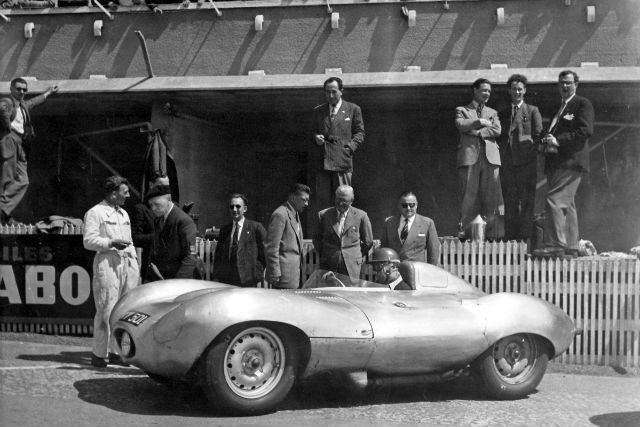
The race began in 1923 as an alternative to Grand Prix racing, which had become the dominant form of motorsport throughout much of Europe. Instead of focusing on the ability of a manufacturer to build the fastest car, the 24 Hours of Le Mans would instead concentrate on speed, reliability and consistency.
Le Mans is a race where the drivers spend up to 85 per cent of their time on full throttle, which puts immense stress on the cars’ engines and components while the layout of the track necessitated the development of better aerodynamics to keep the cars stable at immense speeds.
Although Formula One is responsible for the development of technologies which have trickled down directly into road cars, it’s arguably Le Mans that’s historically been the more important crucible for innovation in performance car fuel efficiency, aerodynamics and reliability.
For manufacturers, if you win at Le Mans you are the best. Given that the race takes place over a full day with no stops, there are so many things that have to go right for the winners to prevail with all-round ability cherished more than straight-line speed.
Spectacular grudge matches
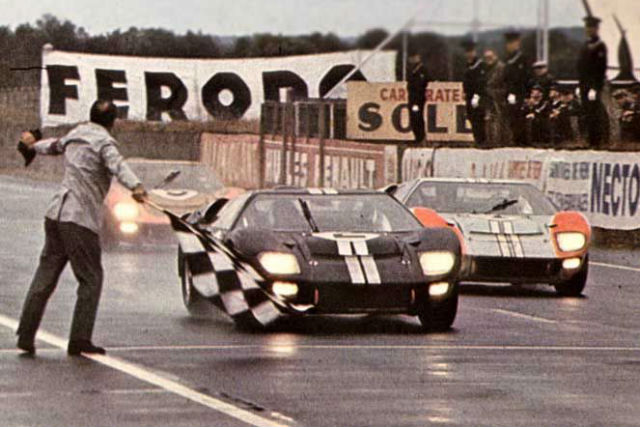
Of course, this year’s Le Mans race is important for another reason. It’s been 50 years since arguably the most famous motorsports rivalry of all time, when Ford’s GT40 beat arch-rival Ferrari in a stunning 1-2-3 photo finish in the 1966 24 Hours of Le Mans.
Ferrari, which had previously won so consistently at Le Mans that it practically considered the track as its home turf, was spectacularly ousted by Ford in an all-out grudge match fuelled by personal tensions between Henry Ford II, Carroll Shelby and Enzo Ferrari himself.
Back in those days, racing success went hand-in-hand with national pride, and Ford’s win didn’t just prove that it could best Ferrari but than Americans could beat European sports car makers at their own game. Five decades on and Ford is hoping that it can repeat history once again.
Despite a slightly shaky start and persistent transmission problems, the all-new Ford GT – the direct successor to the GT40 – will start on pole in its class at this year’s race, with Ferrari’s 488 GTE right behind it.
Real-time research
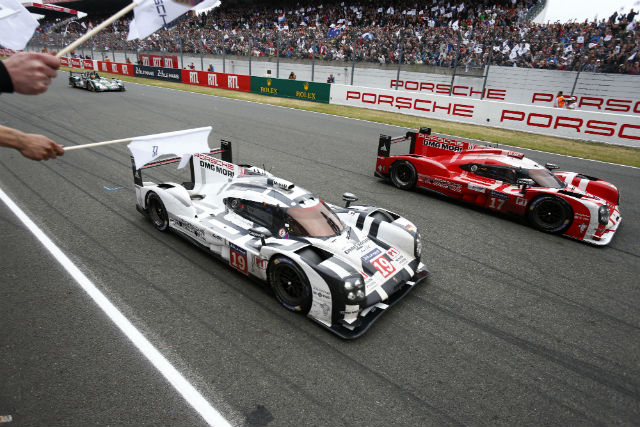
Rivalries aside, Le Mans is also vitally important to carmakers looking to further hone and refine their technology. Testing new kit in controlled conditions is one thing, but there’s no better way to truly test the limits than the punishing 24-hour race.
All of the manufacturers who enter cars into the race will be using it to gather data from the blistering heat the engines and brakes are submitted to, to the cars’ ability to consistently cope with huge G forces through corners and the impact of adverse weather conditions.
Particularly for those running hybrid vehicles, the race will serve as a real-time research lab to assess the viability of hybrid drivetrains for use first in racing cars, then in supercars and finally in everyday road vehicles too.
The Le Mans race works by number of laps, with the car in each category that completes the highest amount of laps from start to finish declared the winner. As a result, the fewer pit stops it makes and the more seconds it can shave off lap times the better, which provides the perfect opportunity to test efficiency, reliability and new lightweight materials.
Turbochargers and superchargers, along with disc brakes, air brakes and aerodynamic wings are just some of the innovations which were introduced, tested or refined during Le Mans races. The hybrid powertrain Porsche introduced several years ago now powers the 918 Spyder hypercar, while diesel technology available in Audi cars was once tested on that course.
Win on Sunday, sell on Monday
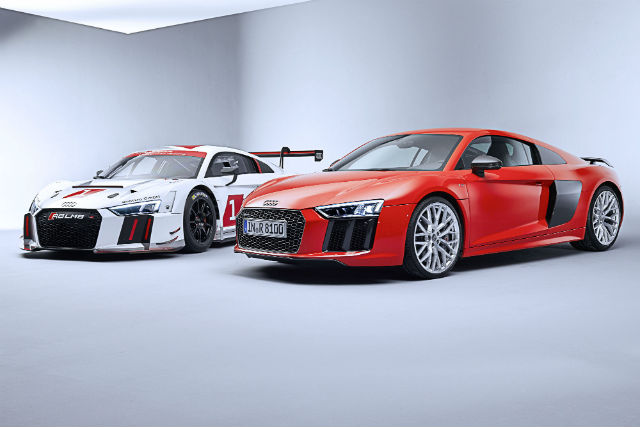
Of course, there’s more to Le Mans than just R&D with one of the biggest reasons manufacturers like Audi, Aston Martin and Chevrolet want to perform well being that the brand therefore earns real racing credentials.
For example, owning a sports car like a Chevrolet Corvette or an Aston Martin Vantage is all well and good, but being able to say that a version of that car scored victory at Le Mans adds that little extra something than can work wonders for attracting buyers.
Chevrolet in particular, which has won several races in the past few years with its Corvette, has been able to prove that the ‘Vette is a sports car that’s able to win a race populated by supercars. It’s not just a bargain muscle car, it’s a genuine competition winner.
Company branding like this can boost the profile of the car and end up translating into sales for the manufacturer, though on the opposite side of the coin poor performance in races like Le Mans can actively hurt a car’s success.
Worth the risks?
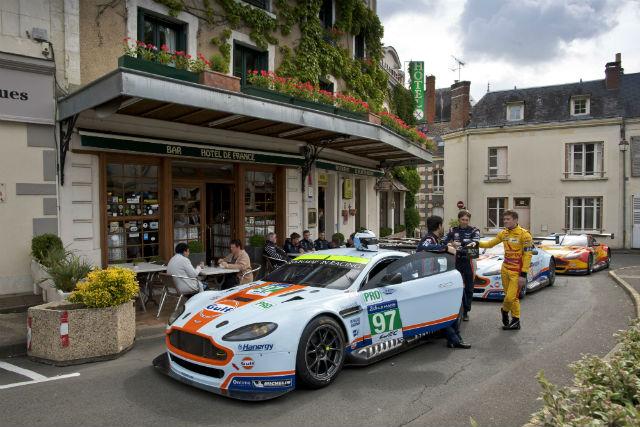
It’s worth the risk and it’s worth the billions of dollars thrown at the development of Le Mans cars and racing teams all the same, with the old “win on Sunday, sell on Monday” adage still holding true for many cars.
How many sales manufacturers generate off the back of motorsport is hard to say and none of them will be forthcoming with the specifics of how much they spend on their racing programmes either, but if it wasn’t worth the expense basic economics dictates that it wouldn’t continue.
Yet it does continue, with Le Mans hosting new cars packed with new technologies from some of the world’s most prestigious manufacturers each year, every one of them hoping for that much-coveted victory.
All in all, not bad for a pretty niche race hosted in a small city in the French countryside, which pits strange-looking cars driven by largely unknown drivers against each other, eh?



